Culture is something we all have, no one can deny that they are influenced by their culture when it comes to their personal identity. The interesting part of this is how the world is evolving, globalization is happening, especially in the United States, where so many people from all corners of the world can meet, bringing different perspectives and creating new ones.
This thesis is an exploration in the value of a multicultural heritage.
Where cultures meet and create a sustainable union.
In the United States, according to the Pew Research center, 43% of millennials are non-white and the estimate is that by 2043 most of the U.S. population is going to be racially diverse. This means new interpretations of culture are going to happen. There is value in designing with this in mind, educating about cultural diversity through design. Creating a more empathetic generation with more possibilities of innovation.
For my exploration this is what I wanted to focus on, bringing a new experience to cultures, specifically its manifestation in food, which is an act me universally share and do every day.
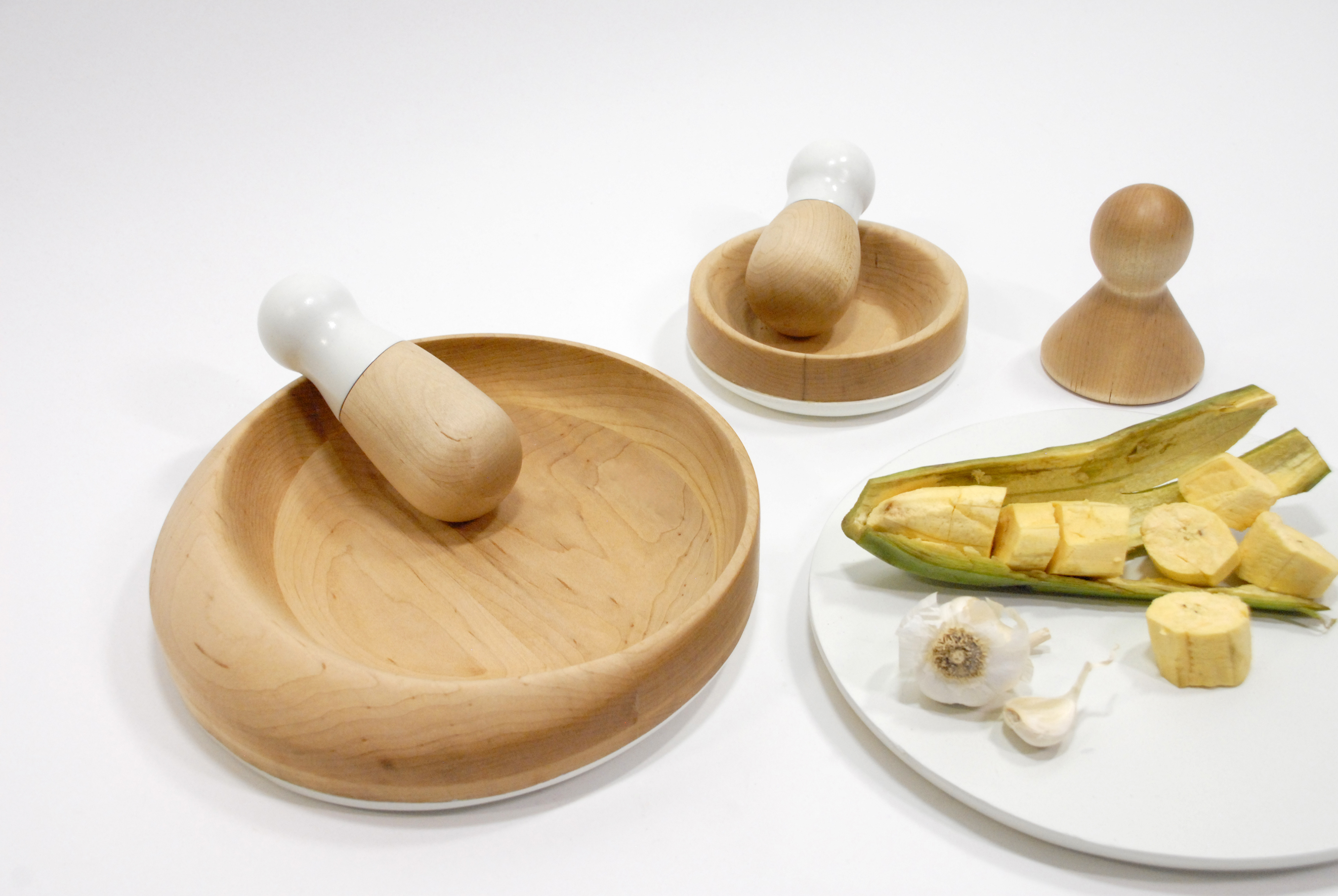
Food can be a unifier, a storyteller, a way to measure status and the way to show your perspective.
Certain parameters were created to guide the process from concept to design:
- It is meant to be a learning experience about cultural diversity.
- Try to introduce a new understanding into someone's food culture.
- Innovation that respects tradition.
- Take advantage of the circumstances globalization has created for us.
- Design an experience into a product.
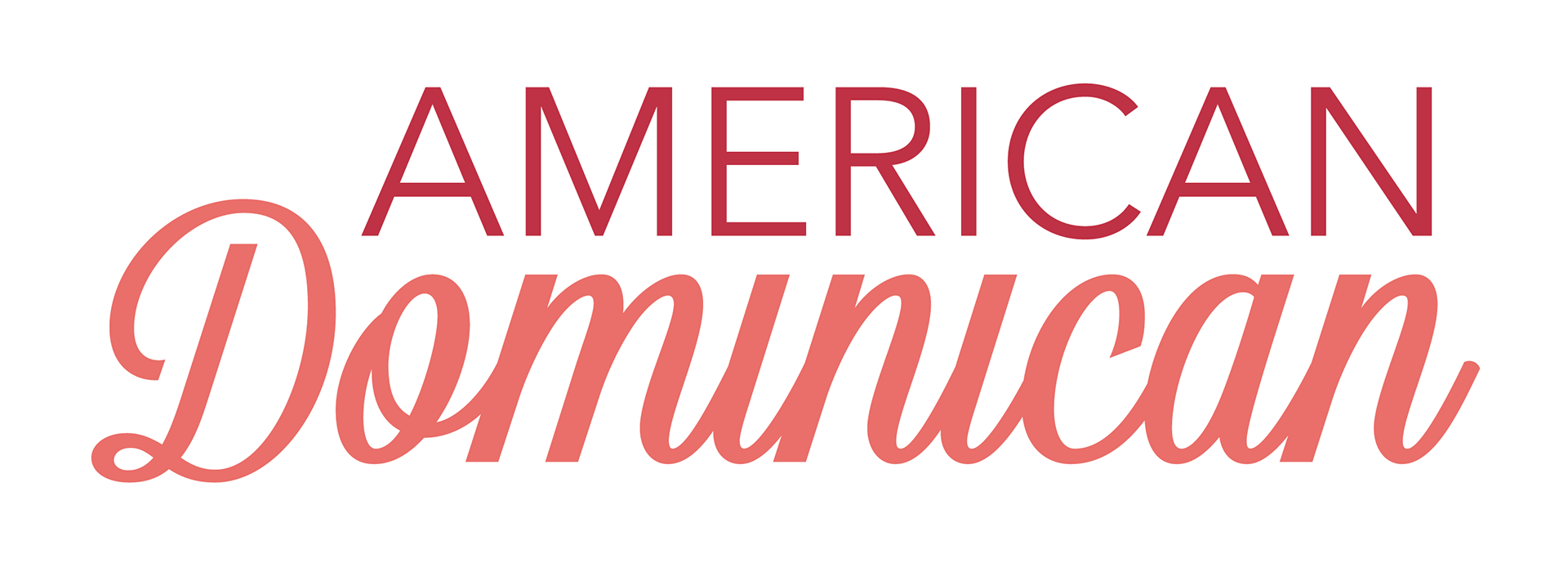
Currently being a Dominican living in America, it felt natural for this to become autobiographical and explore two cultures that I identify myself with.
DOMINICAN CUISINE:
It is based on making the most out of less, due to its diverse economic backgrounds, you can find many regional foods that vary in quality of ingredients but over all they very similar all throughout the island. It shares the history of a nation that has roots in Spain, West Africa and the Lebanon.
Another aspect to take in consideration is the visual way culture expresses itself. Dominican culture is very vibrant, busy, loud, colorful, uses a lot of natural materials, very in tuned to nature.
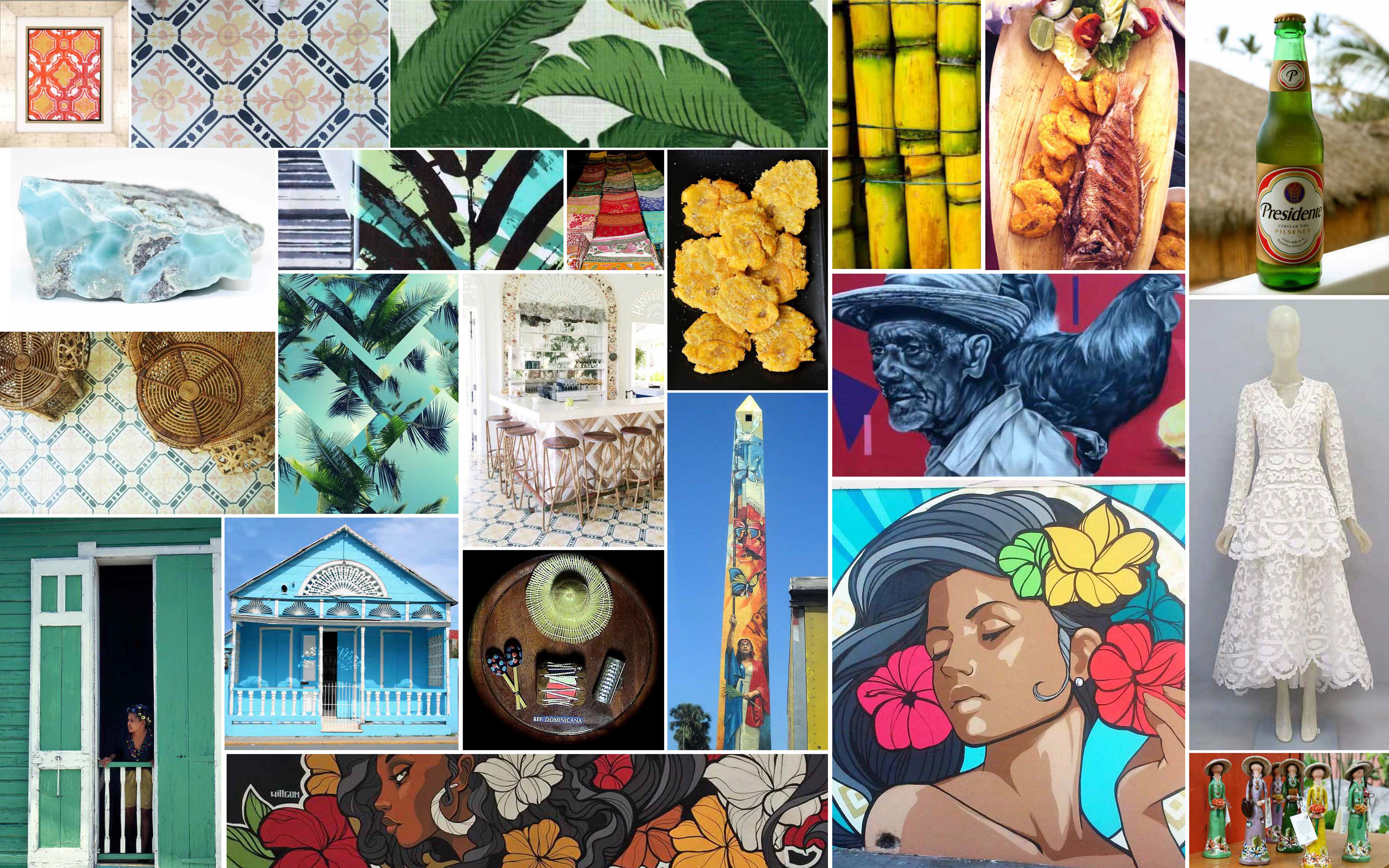
AMERICAN CUISINE:
When in comes to American cuisine it is harder to define. Anthropologist Sidney Mintz, concluded that in the U.S there is no passionate talk about cuisine and this has a lot to do with how Americans treat cooking. It is more about convenience than anything else. United States is the home of the frozen dinner, fast food industry and abundance. Here we see that less suffering made it a weaker cuisine. But chefs prefer to cook in the U.S. because there is no limit to what they can do, there is no line they cannot cross due to the fact that Americans are used to treating their cuisine as an adaptation of other cuisines. This could be defined as radical flexibility, United States is a great hub of cultural diversity and it should be taken advantage of.
Visually American culture is expressed in a very refined, clean, industrial, well thought out way. It shows the status America has had through history, in this way american culture is actually a standard around the world, we sometimes cannot defined it not because it does not exist but because it is so common that we do not pay attention to it.

The combination of these two cultures brings an interesting contrast between tradition, convenience and abundance. But there needs to be a catalyst to start the design process and I choose the plantain to start this conversation and the diverse ways it is cooked. This led into focusing on one of the most used tools for cooking in Dominican Republic: the mortar and pestle.
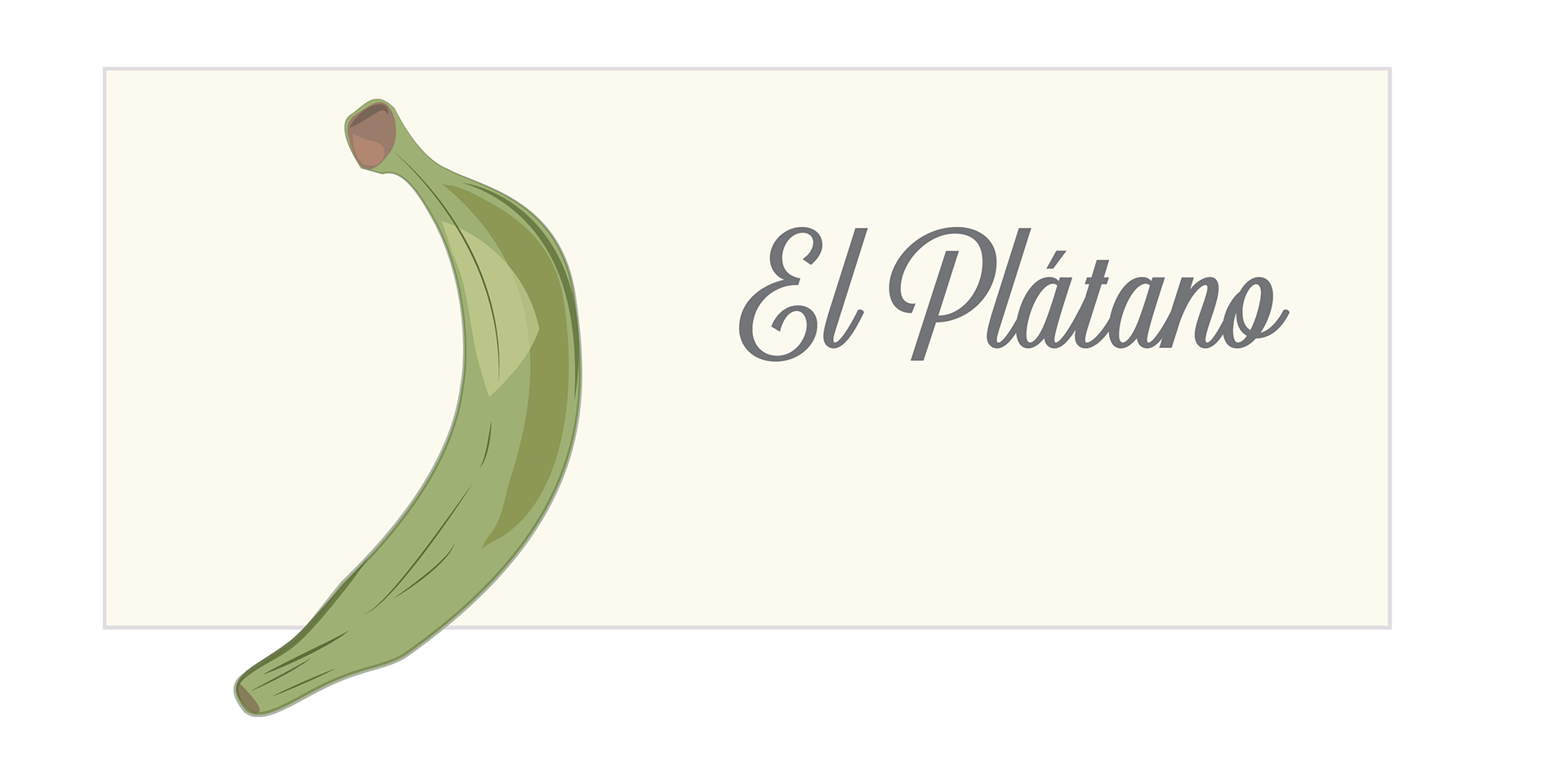
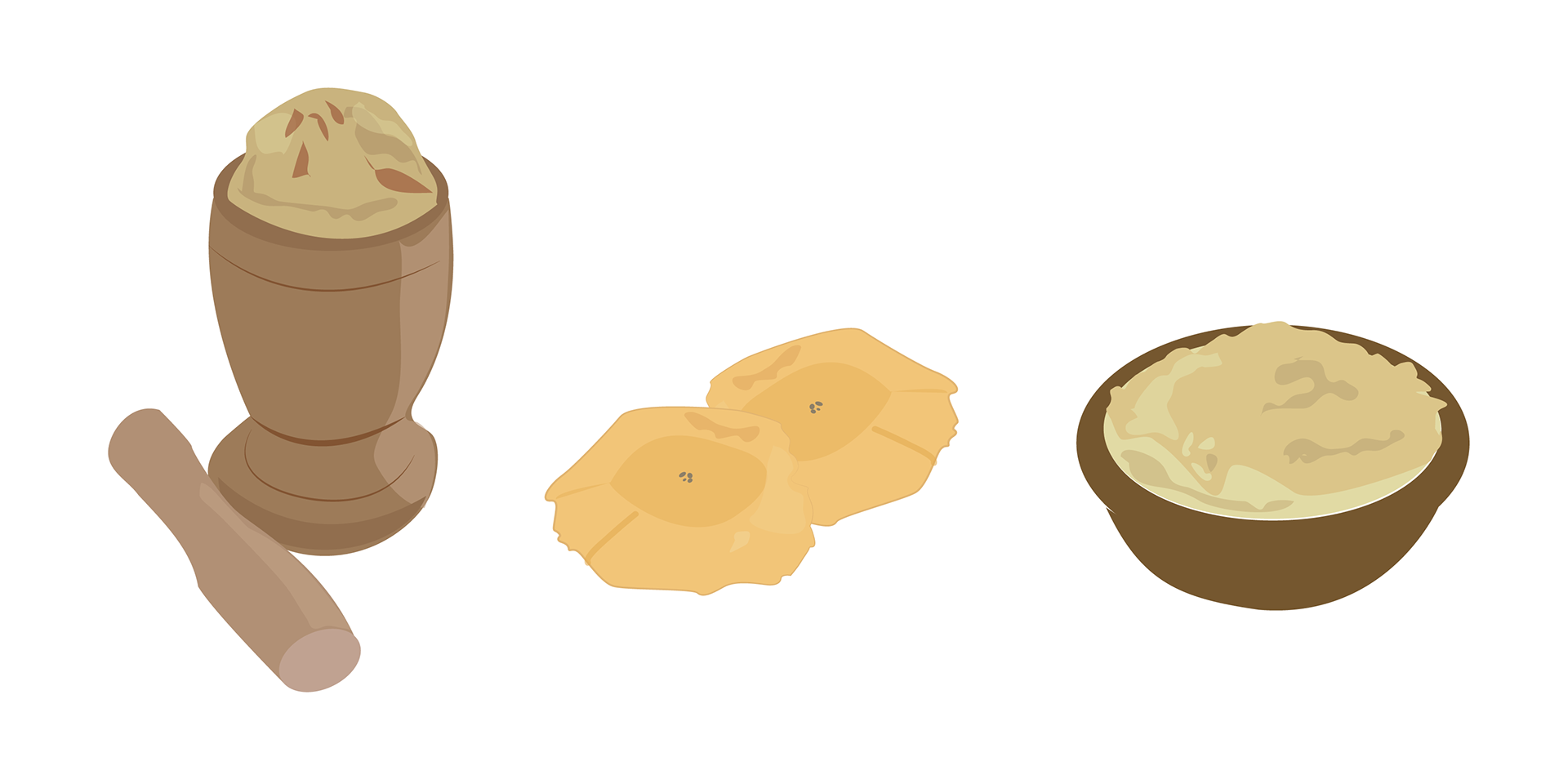
MORTAR AND PESTLE
It is a device used since ancient times to grind and mash a diverse amount of foods to get a paste or powder from it.
Sketching ideations were the main form of exploration. But also foam and clay models were used to explore the form, scale and the ergonomics of the mortar and the pestle.
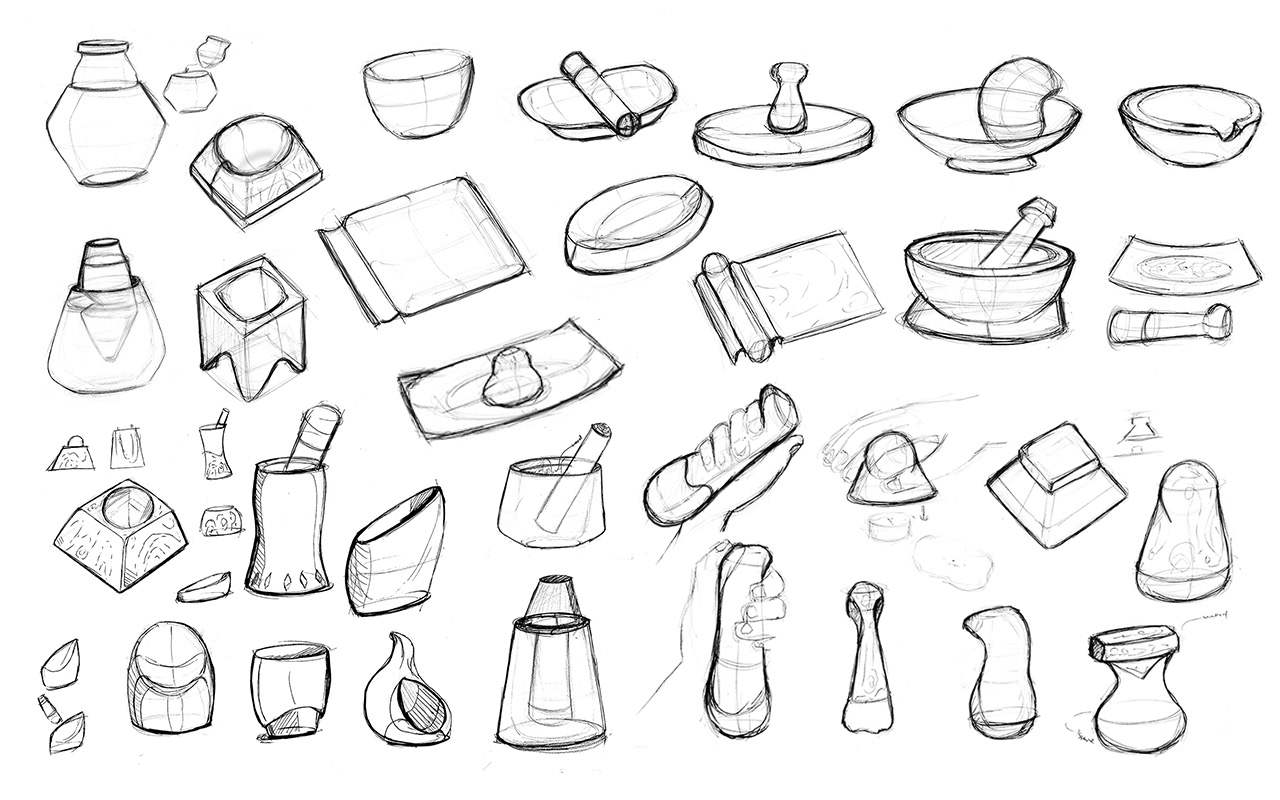
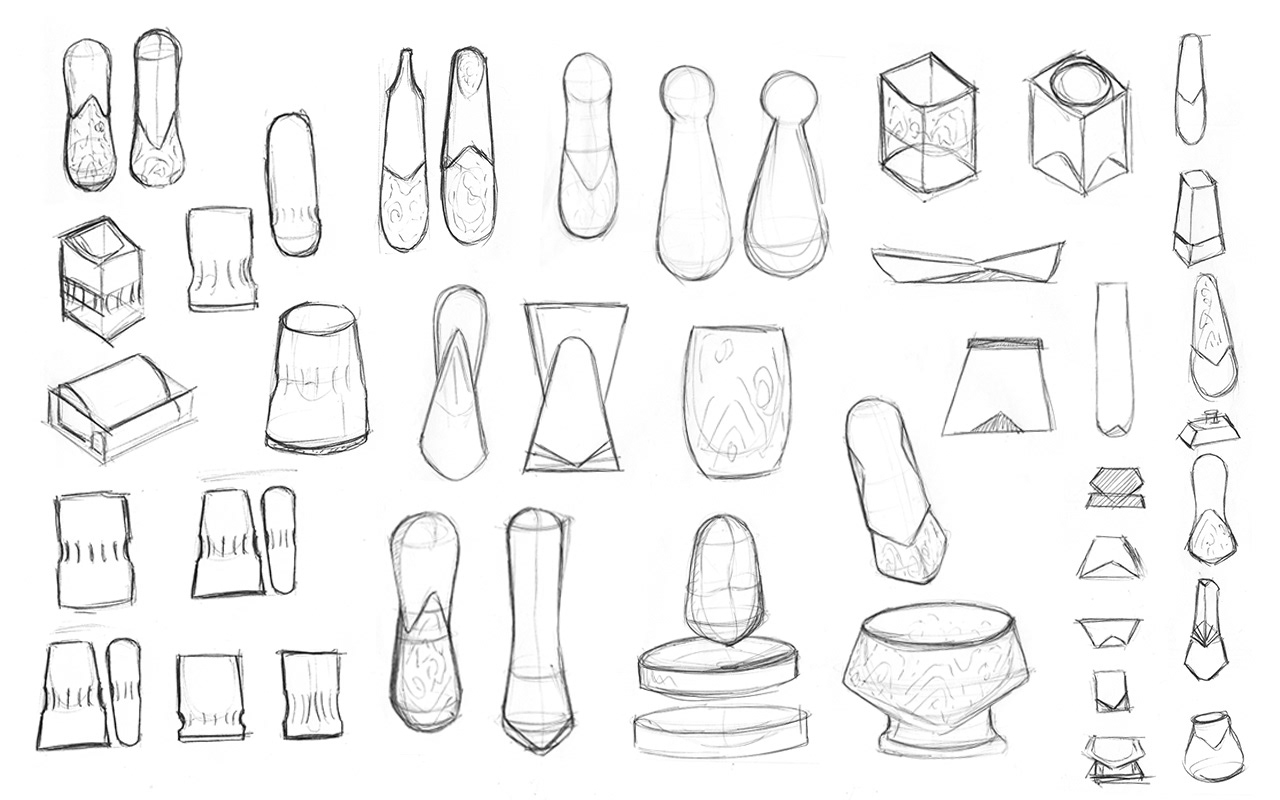

THE SET
It consist of two mortars and pestles, a plantain masher and a cutting board. Divided into 3 pairs within the set.
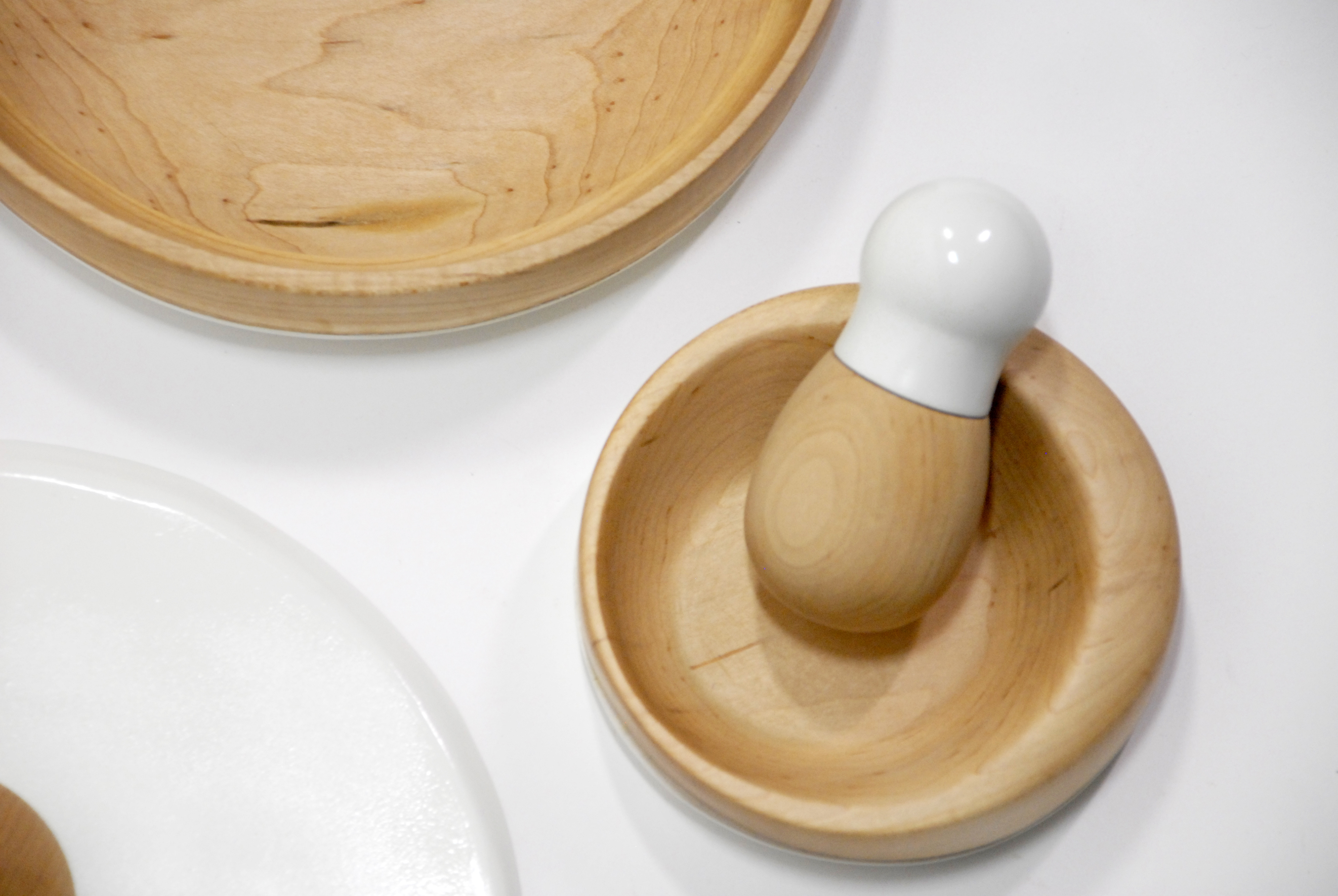

MORTAR AND PESTLE PAIR 1
Because of its size it can be used on small amounts of spices for daily cooking recipes. It can also hold an individual portion of mofongo. The mortar and pestle are proportionate to each other. The form of the pestle has been designed to give the user a good grip to mash or grind the ingredients. The top half is made out of marble, which is a cold material, so it minimizes the heat the friction will produce when using.
MORTAR AND PESTLE PAIR 2
Similar to the previous set but changes in size, this set is made for larger portions. Where you can mash ingredients to make a meal for a family. It does not only have to be used for plantains, it can also be used to mash potatoes, squash and other ingredients.

PLANTAIN MASHER AND CUTTING BOARD
The plantain masher is used to make a specific type food, which are called tostones. There are plantains that are cut, pre-fried then mashed flat to be fried again. They are served as companions of several dishes and meats. To make these you need a flat surface, reason why its companion piece is a cutting board that provided this. The cutting board may also be used to cut meats and vegetables.

CONCLUSIONS
This entire process confirmed my hypothesis that there is great value in culture and that the mixing of culture will open new doors in design. The more we are exposed to other people's background the better perspective we can get for when it comes to creating a product that universally speaks to people. Tradition is not something we should dismiss as old and dated, but it is a foundation already created for us to inject it with new flavors and form. Our cultural background could be what makes us different from others, it can elevate our design to a broader spectrum of people.
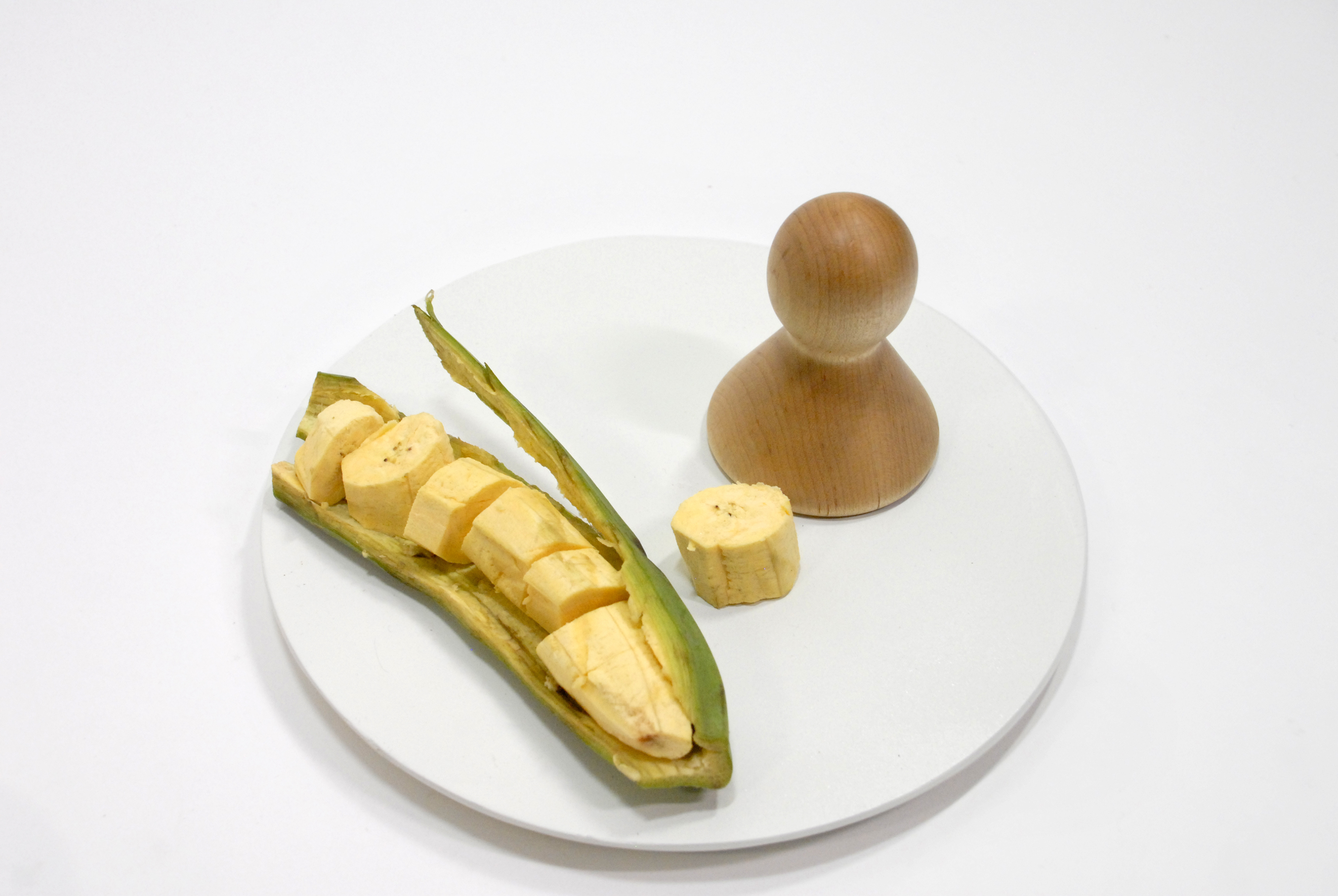
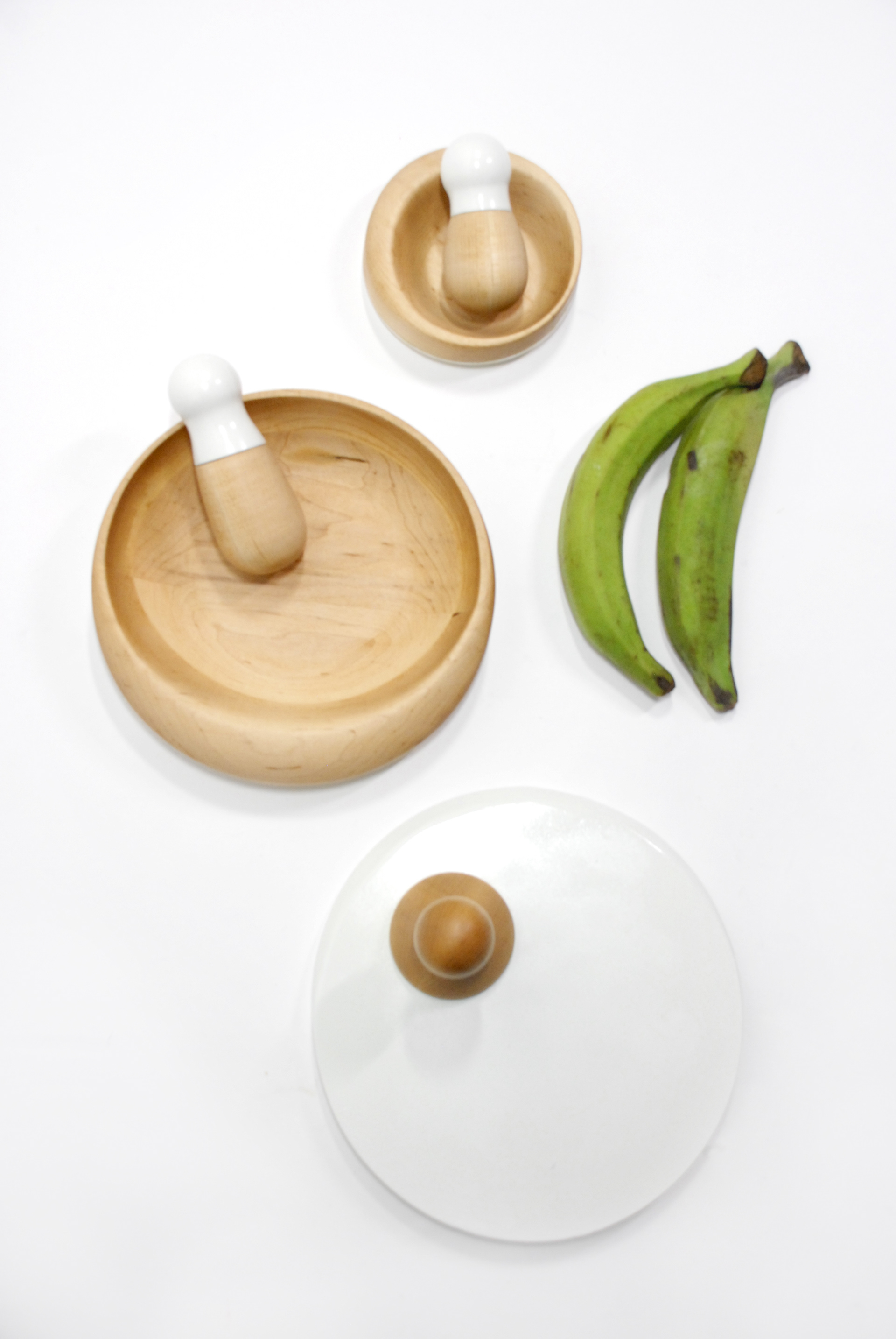
This is a topic that we will see unfolded more and more throughout the years. Tano was an exploration that has become a stepping stone in a topic I will always be passionate about and try to incorporate to my design philosophy:
THAT CULTURE IS NOT A DIVIDER BETWEEN PEOPLE BUT UNIFIER.